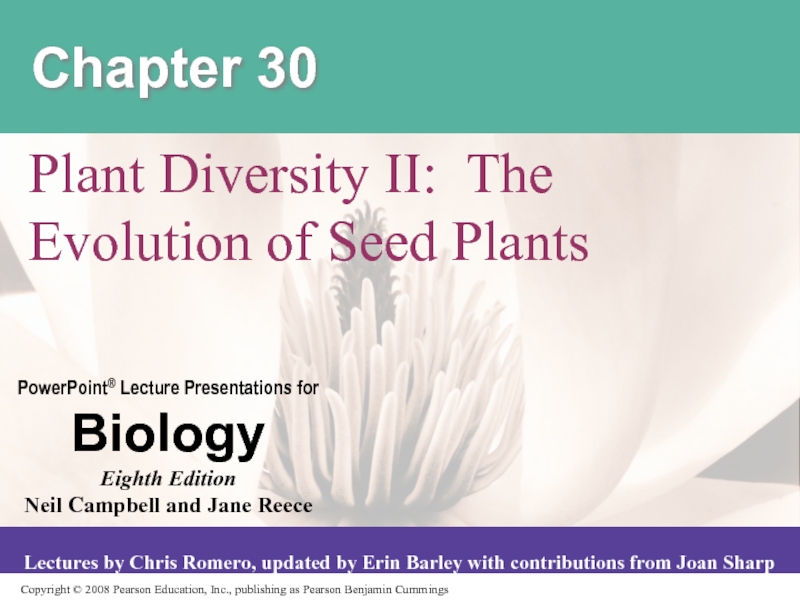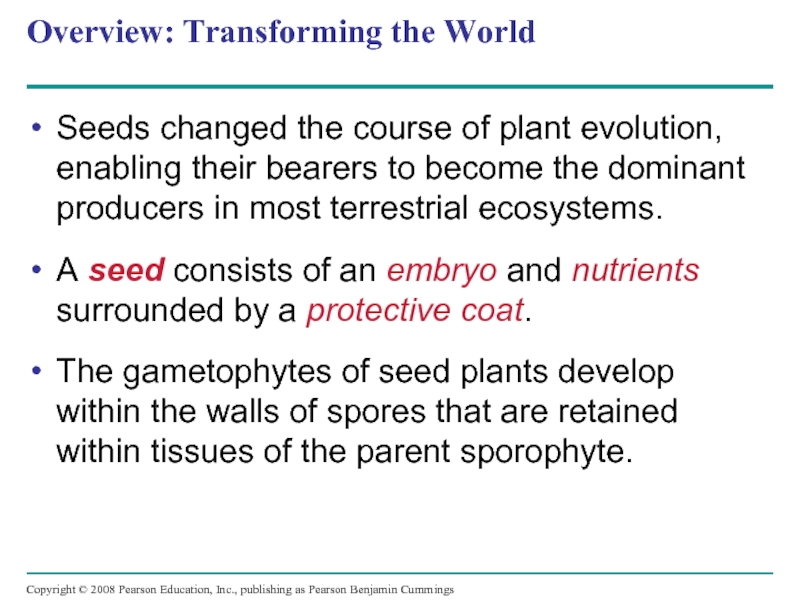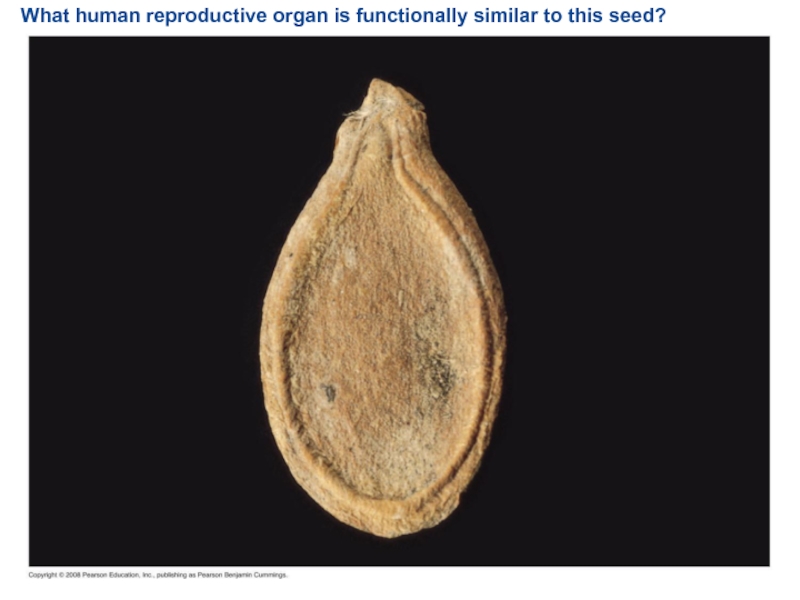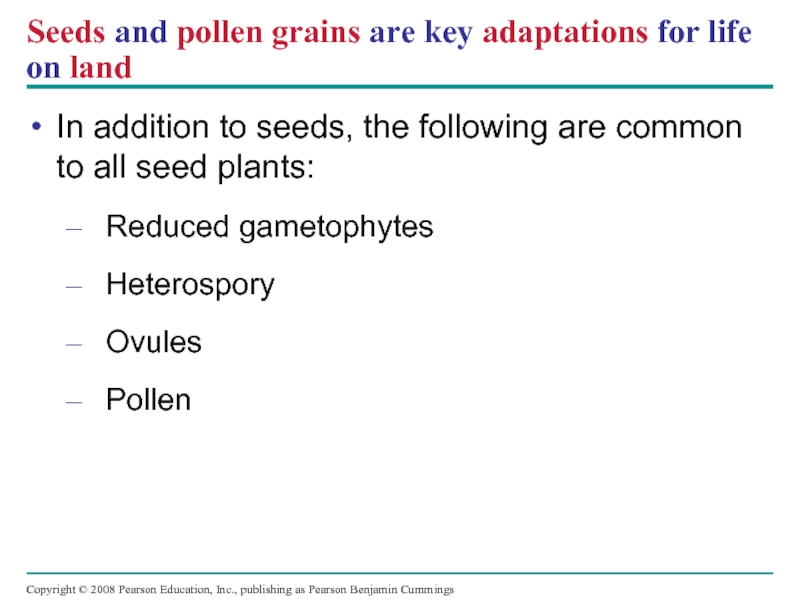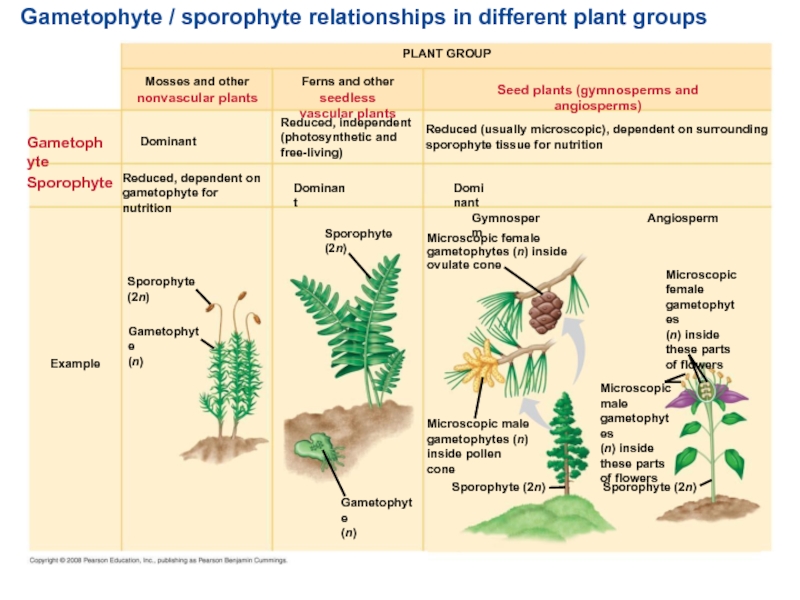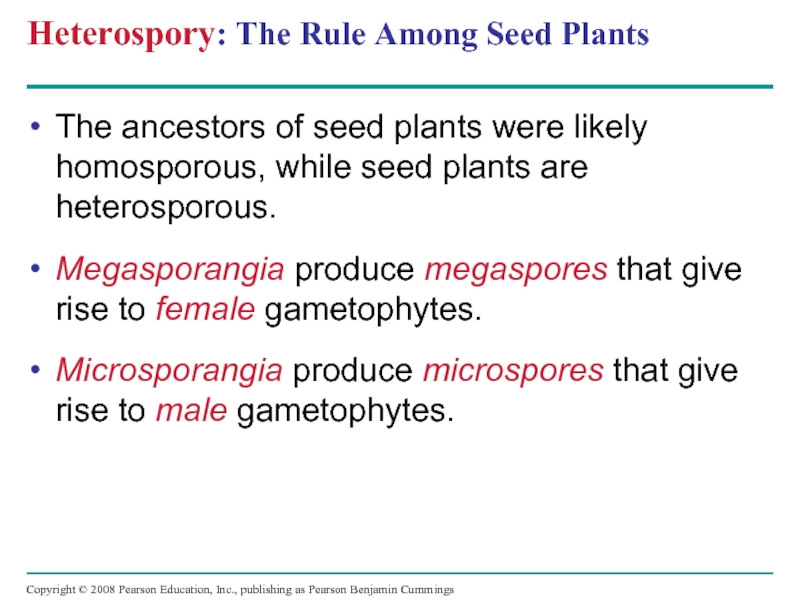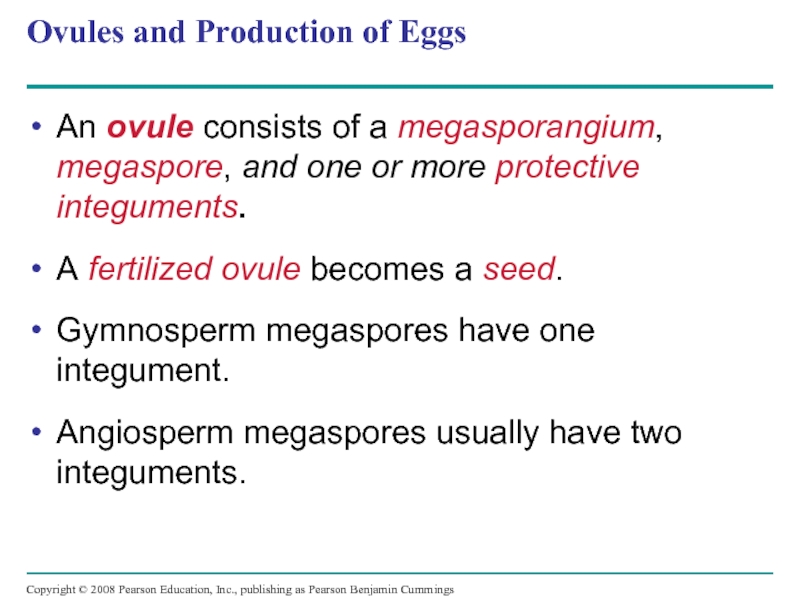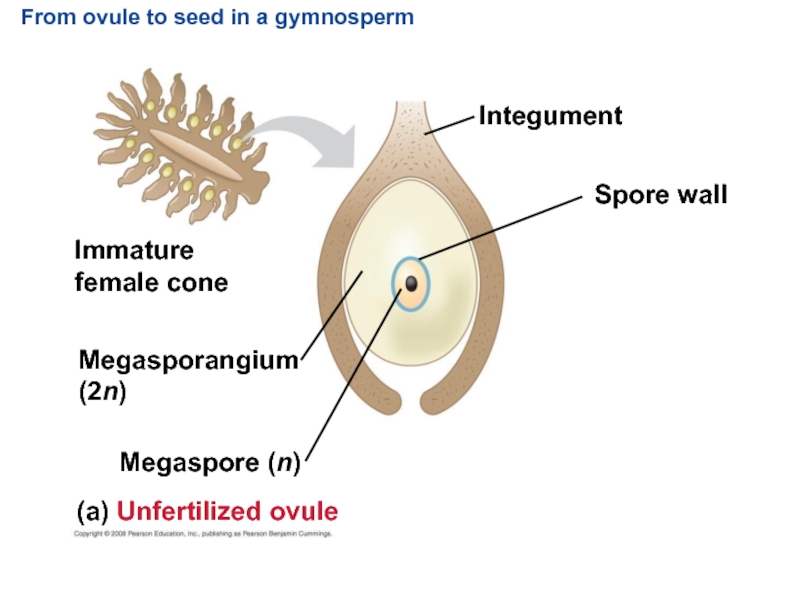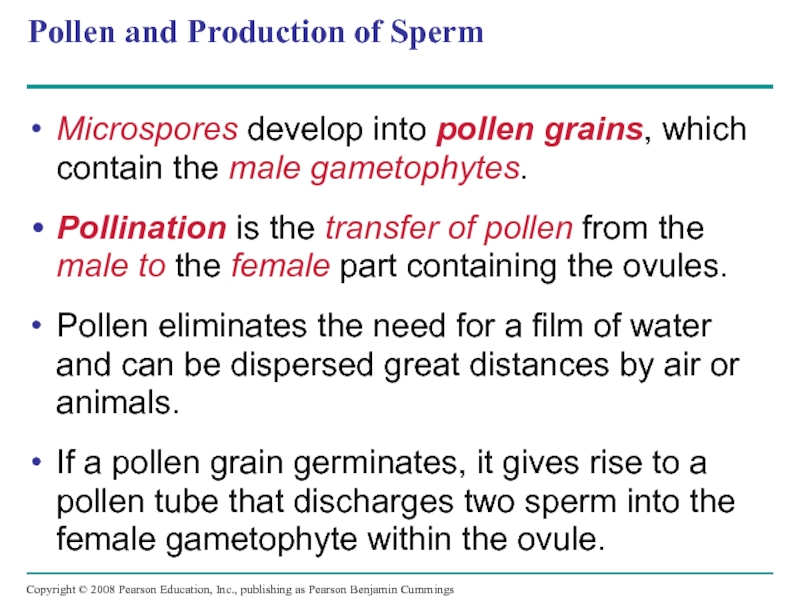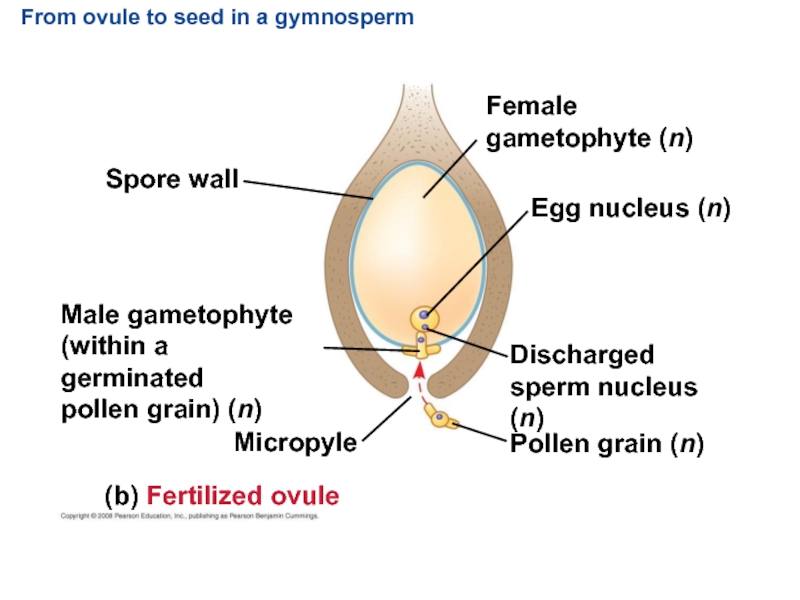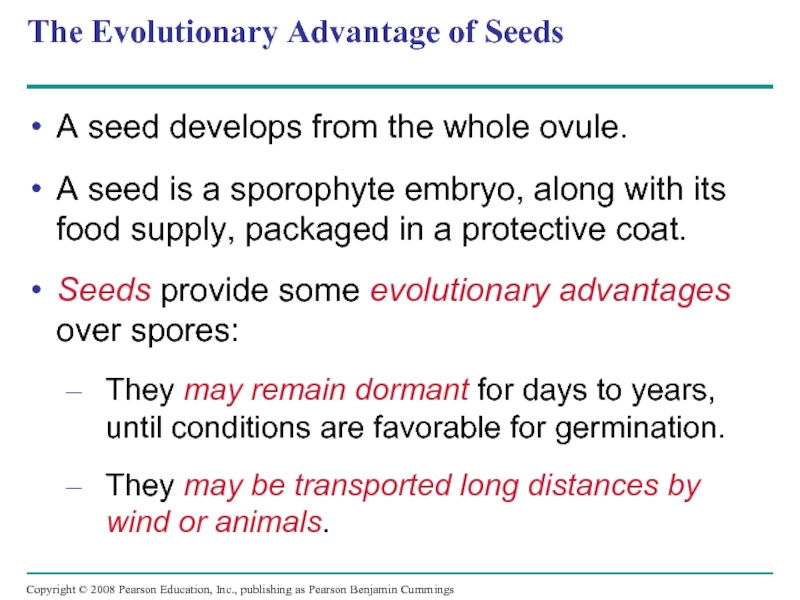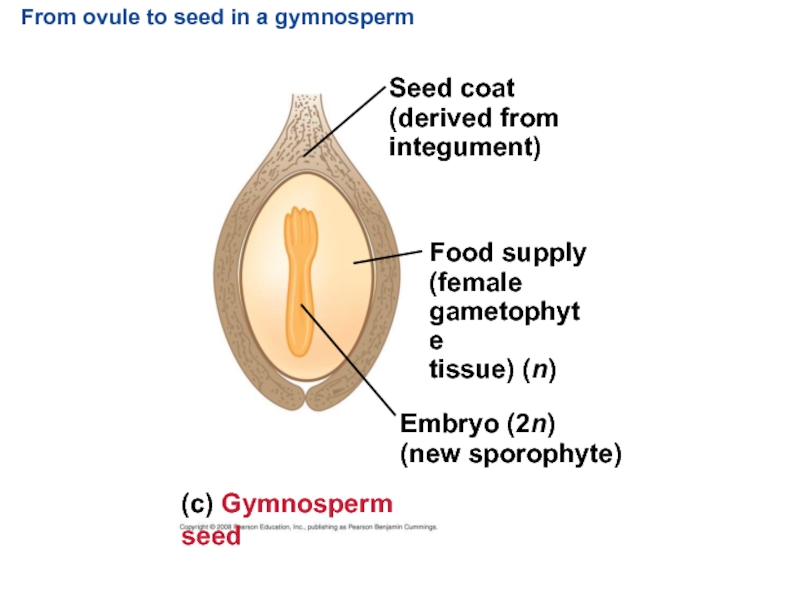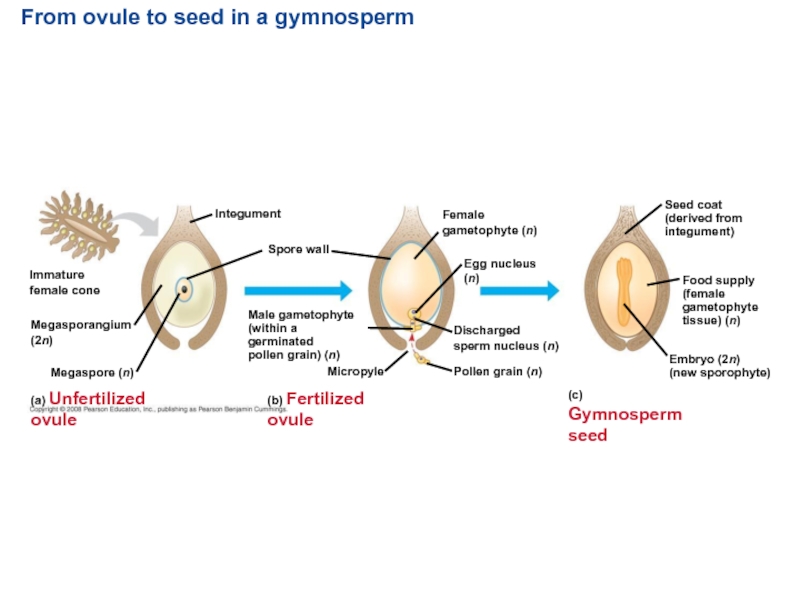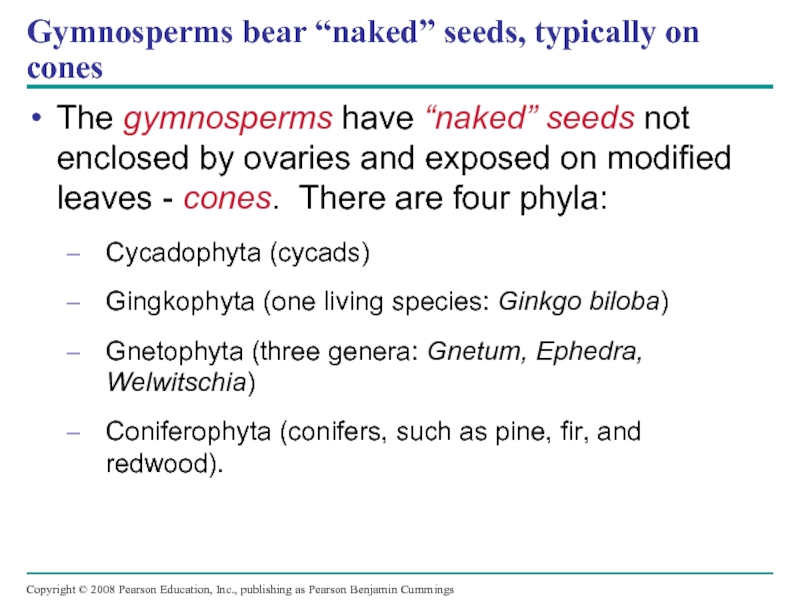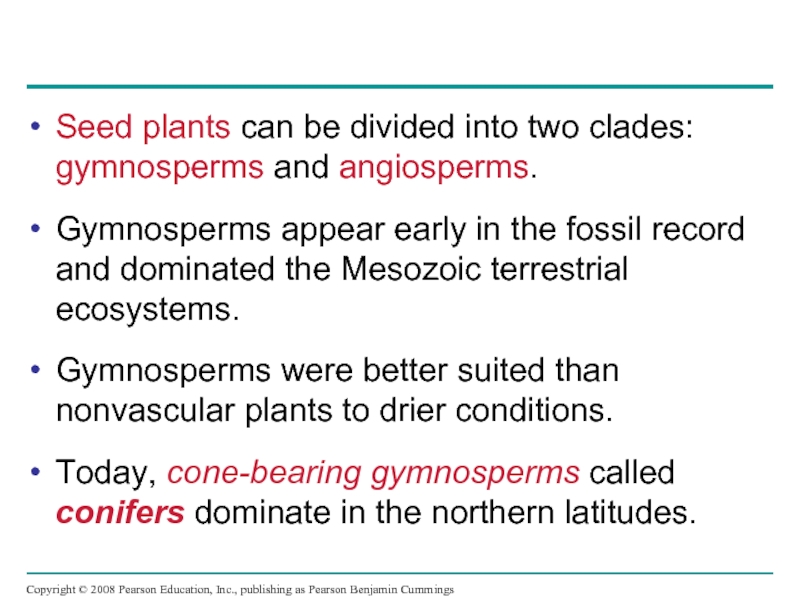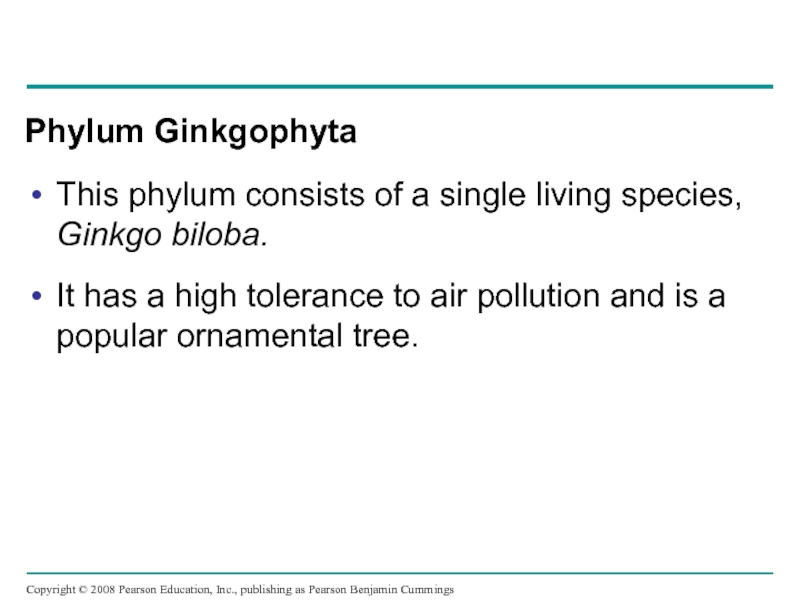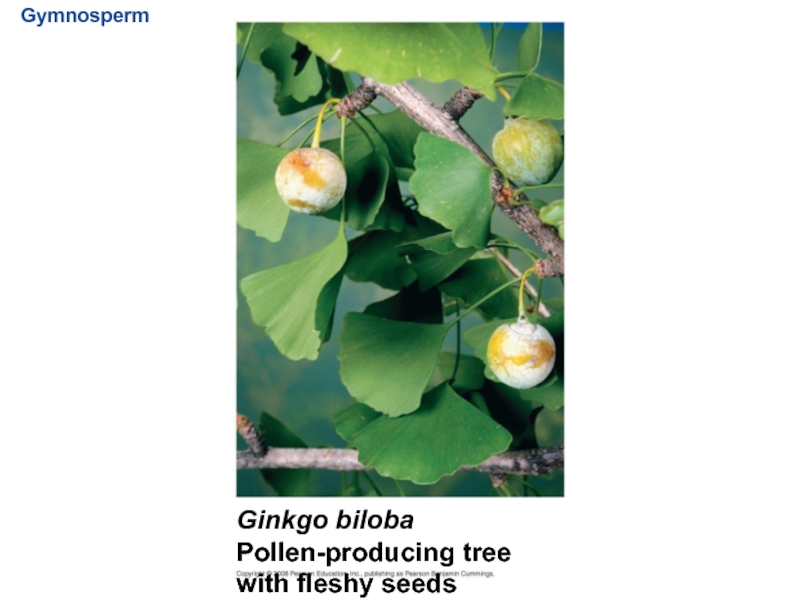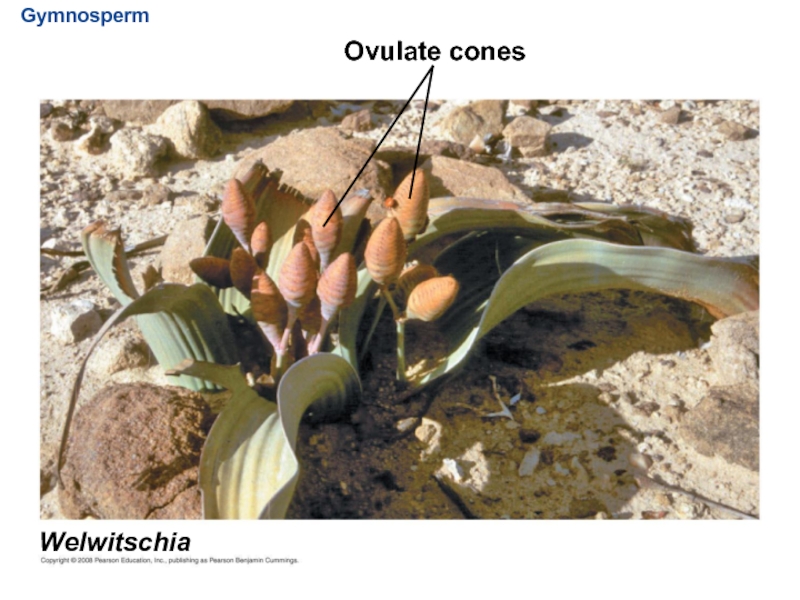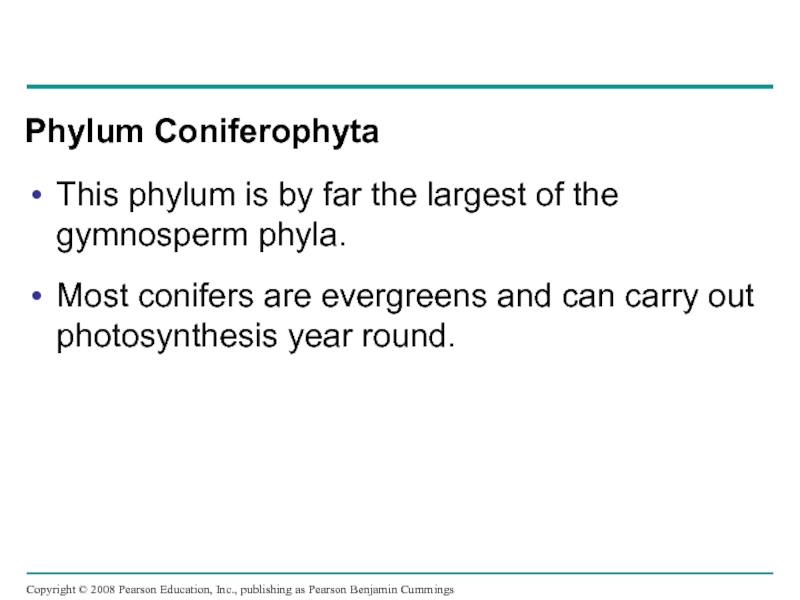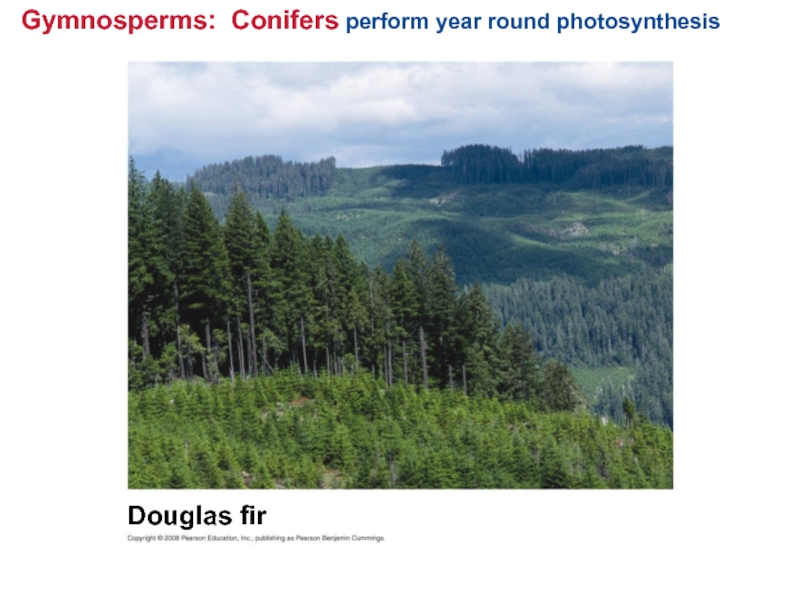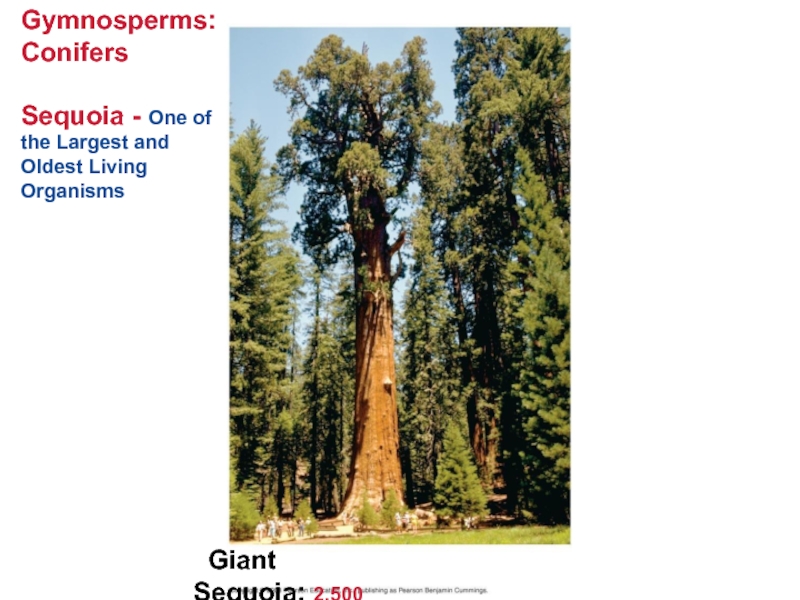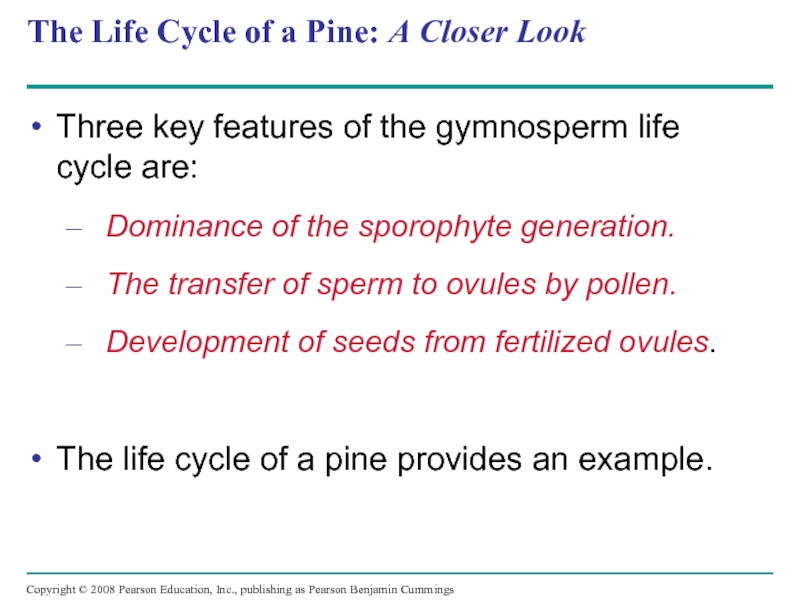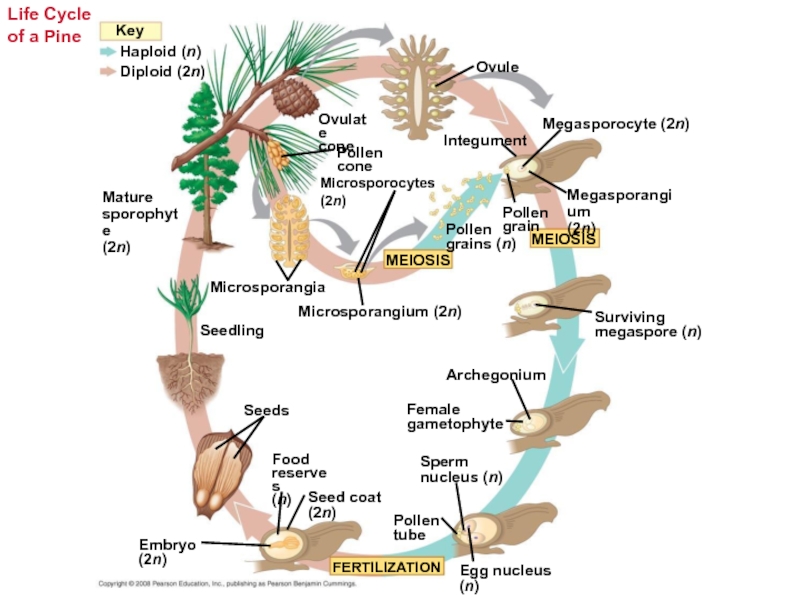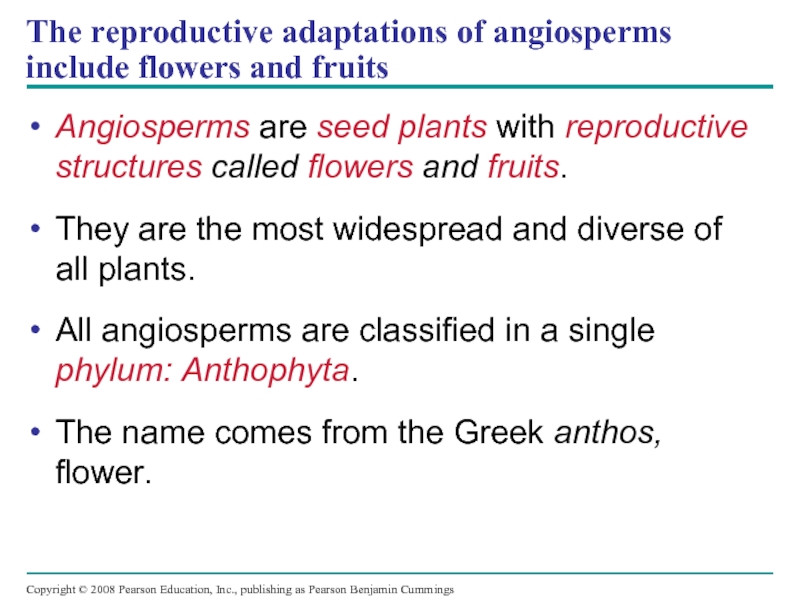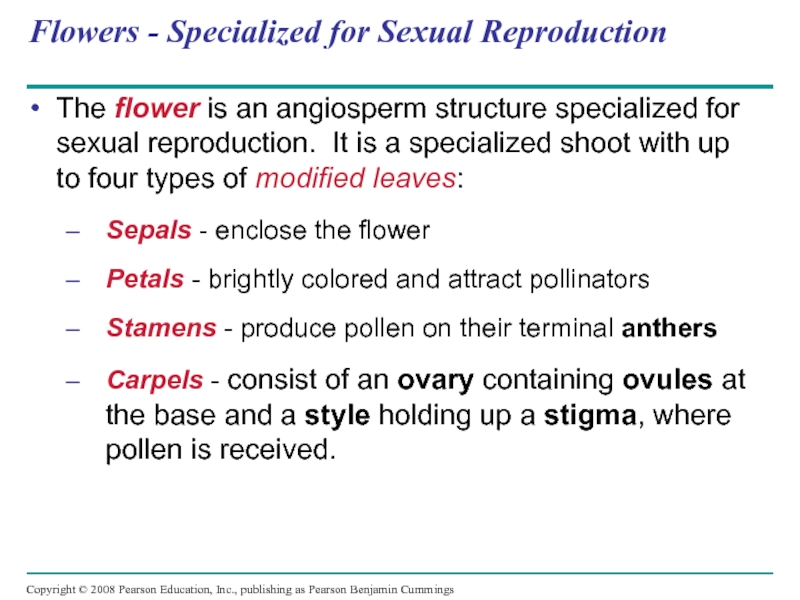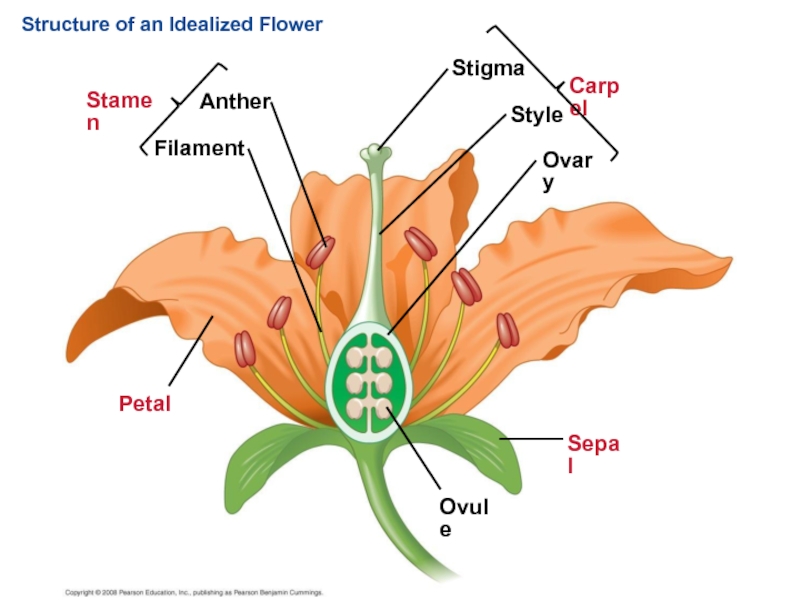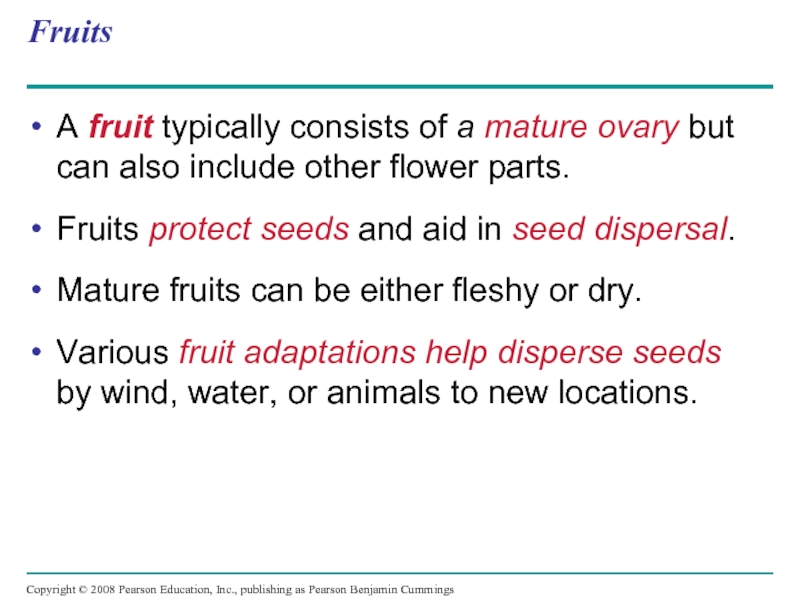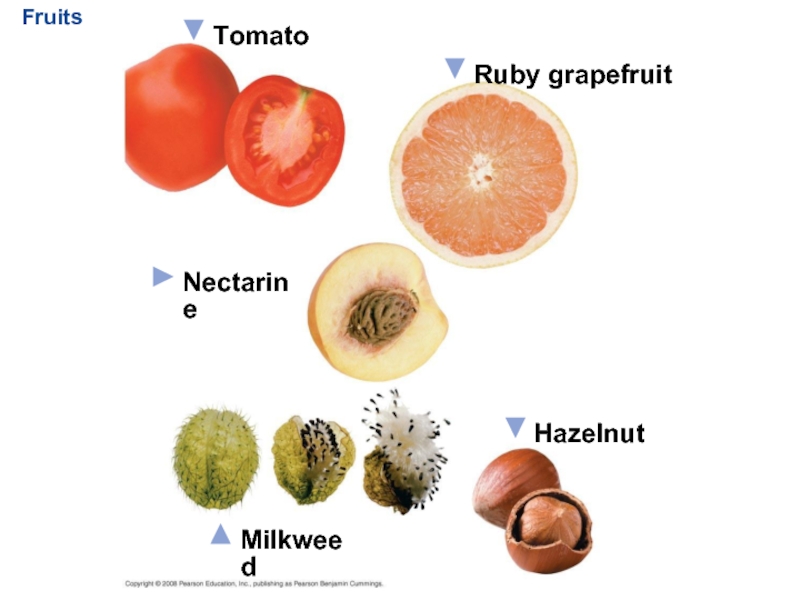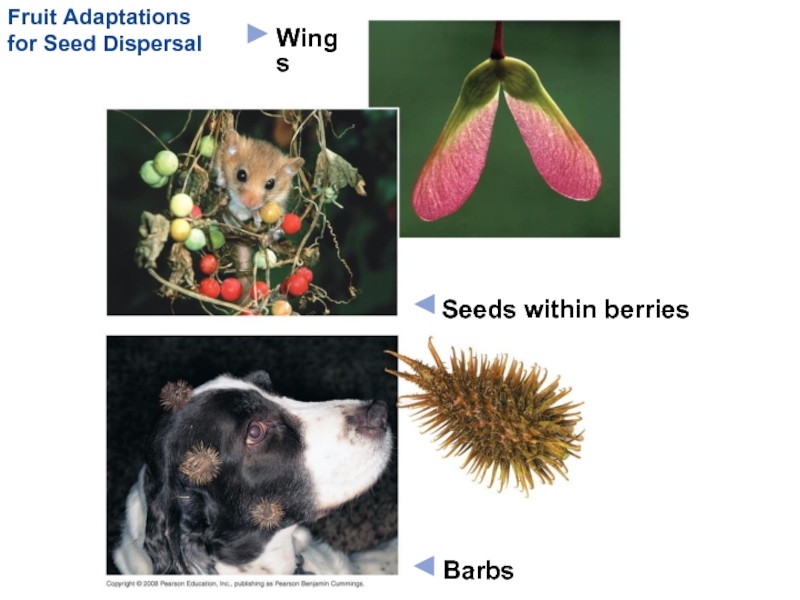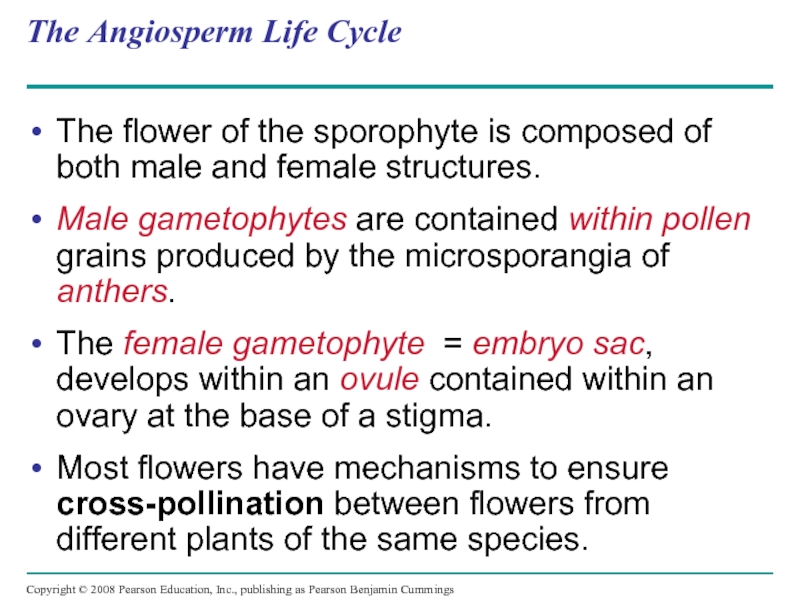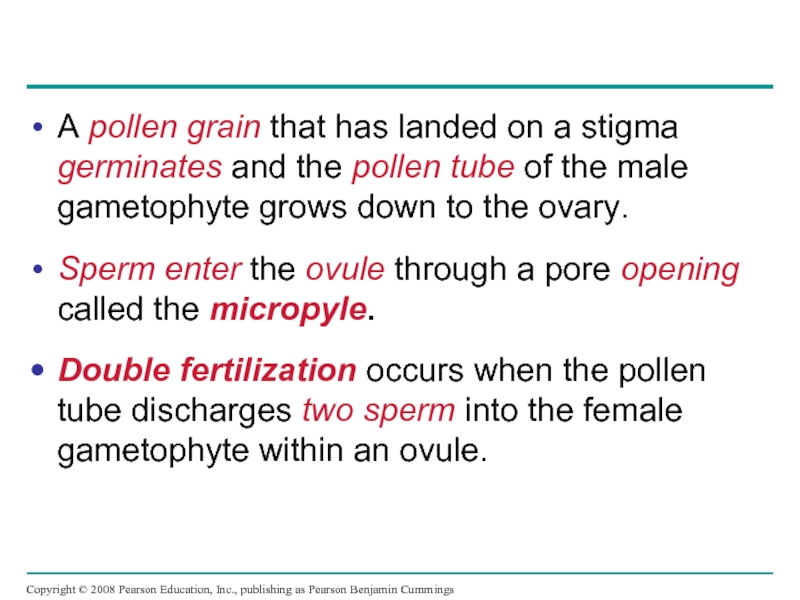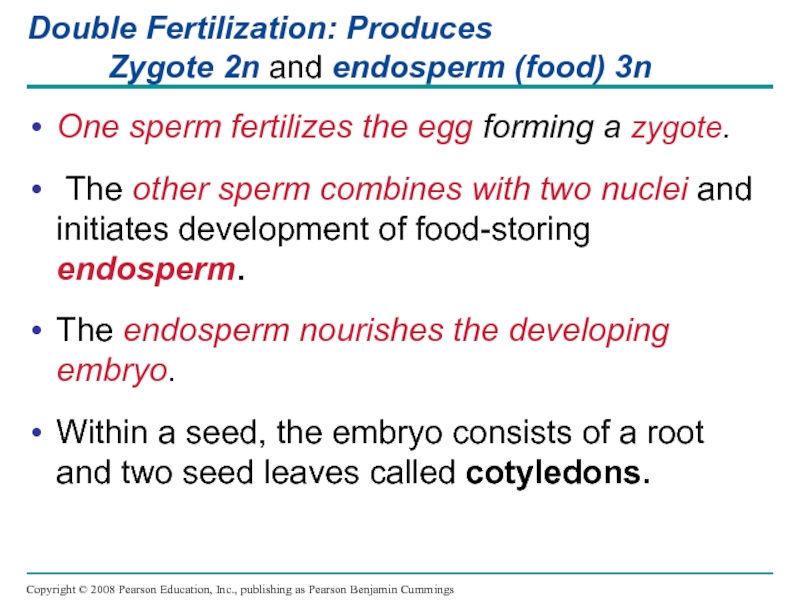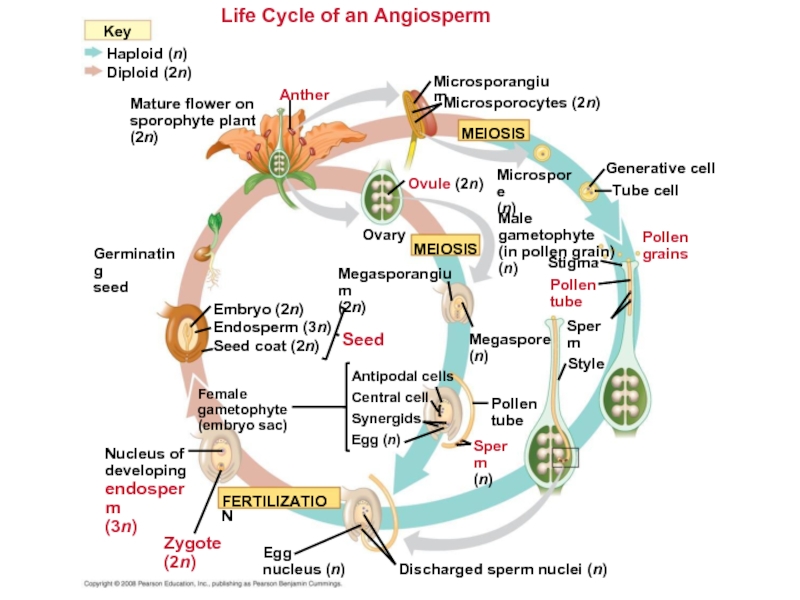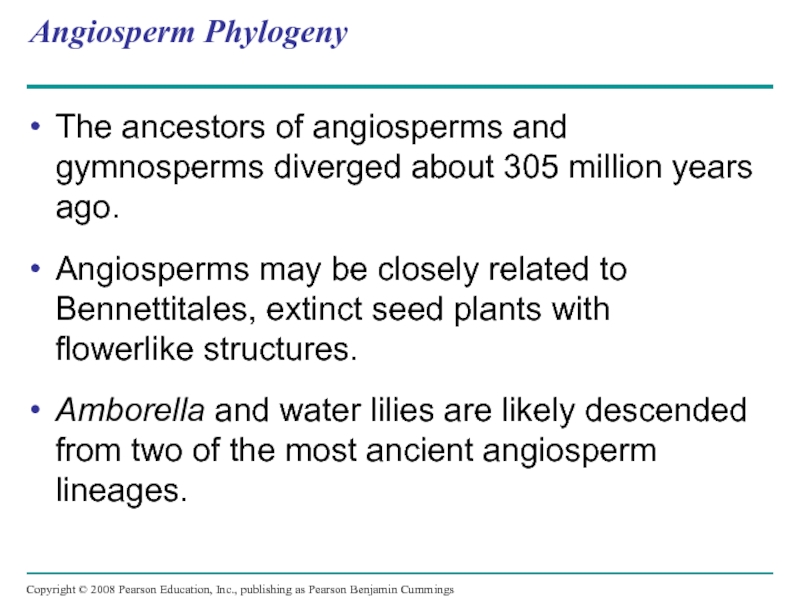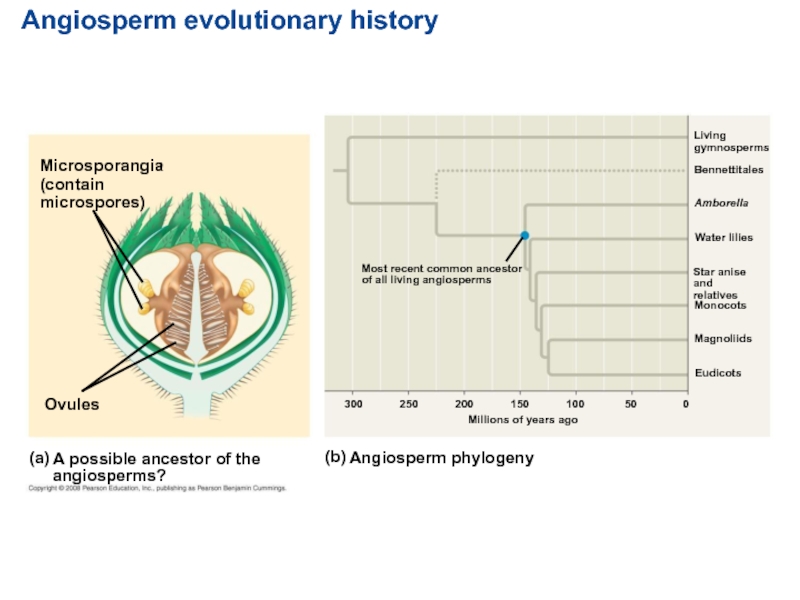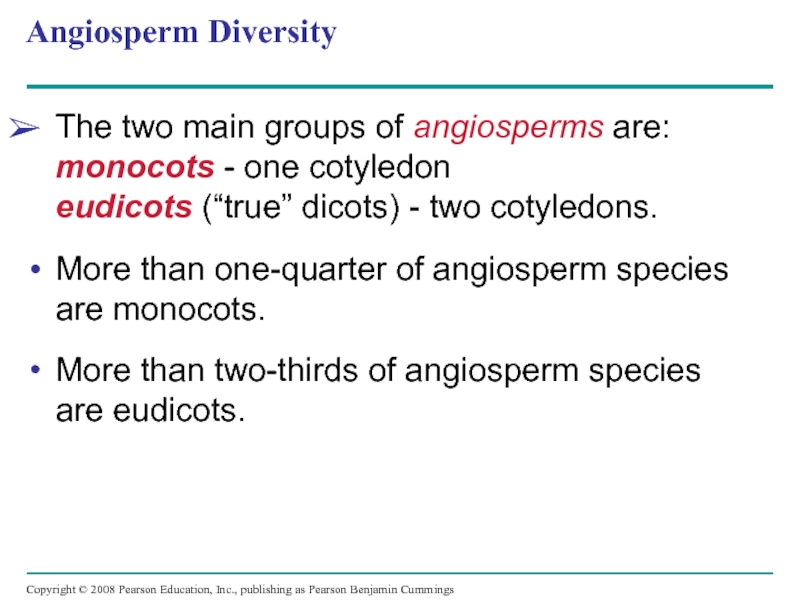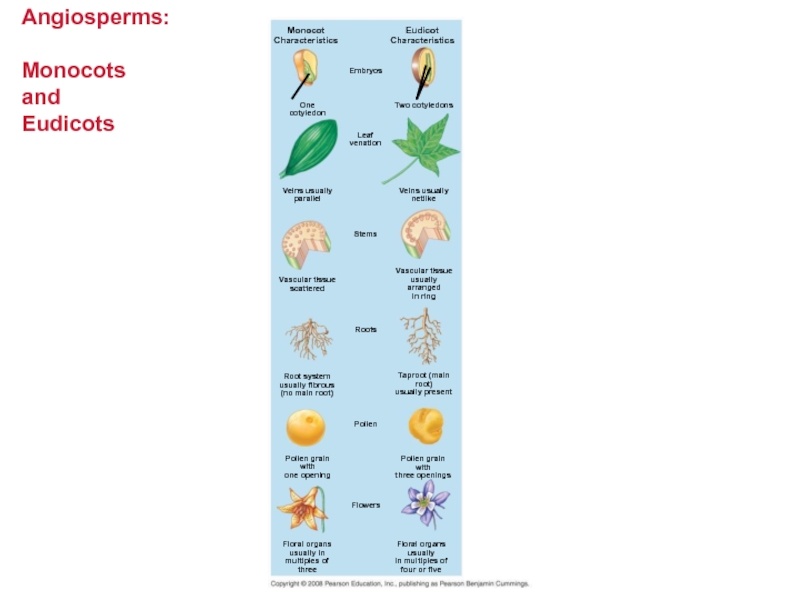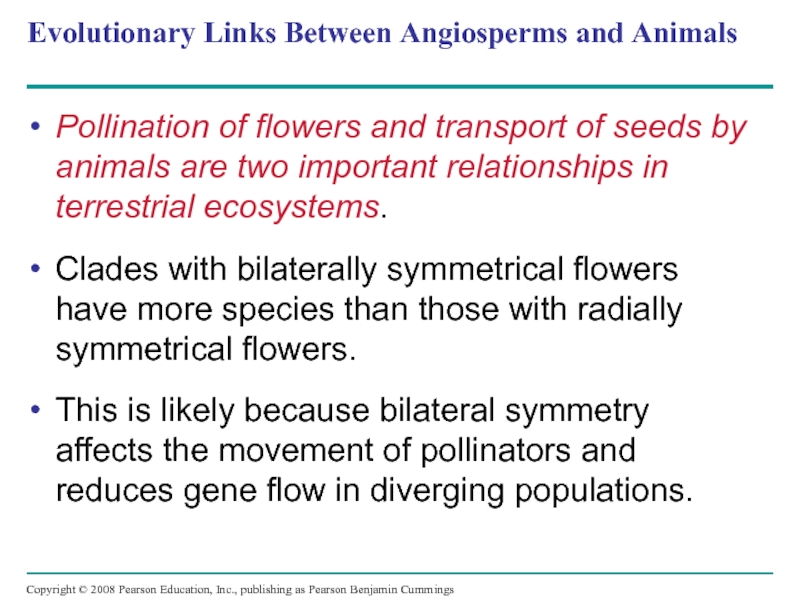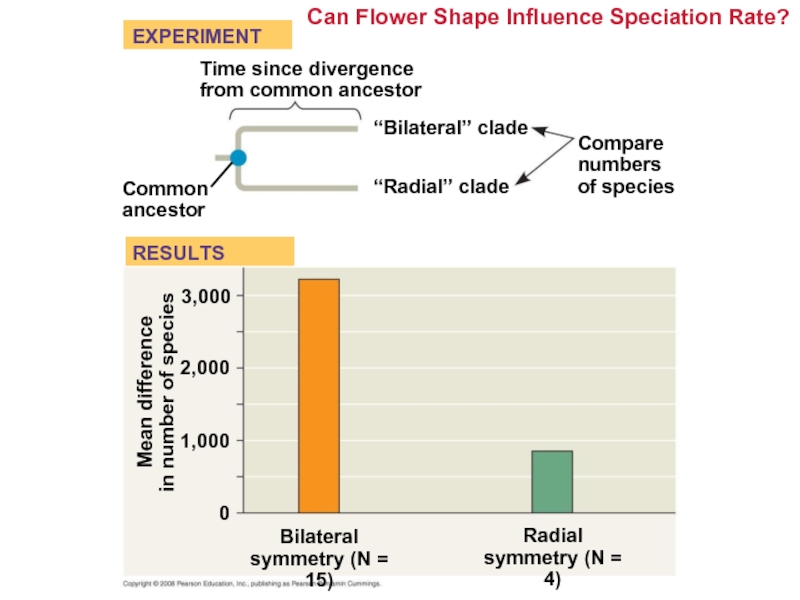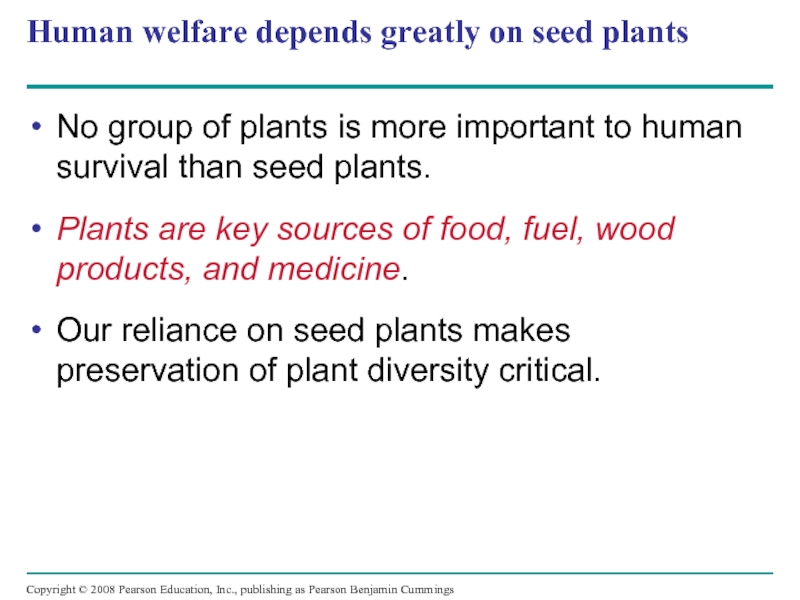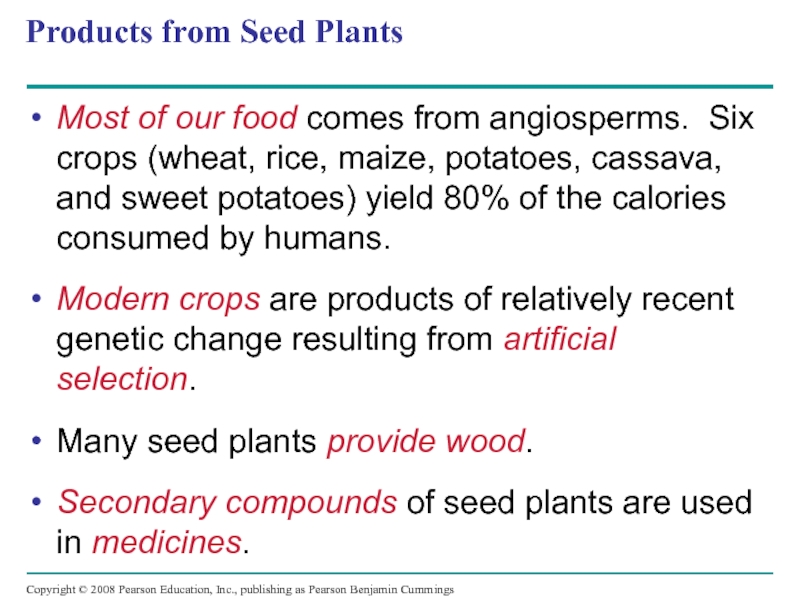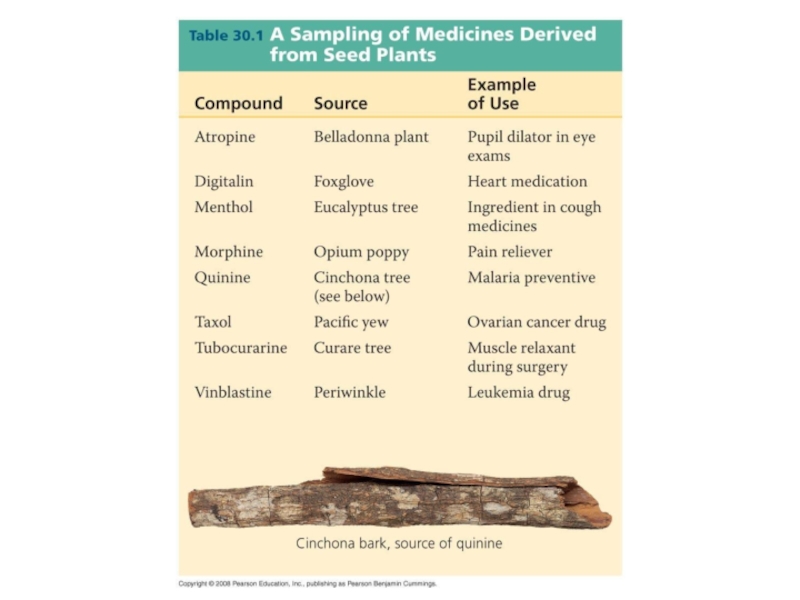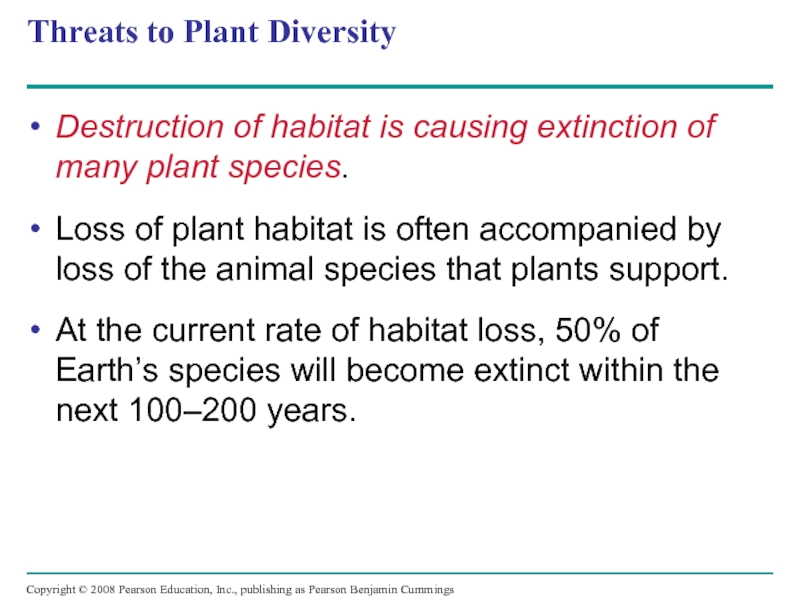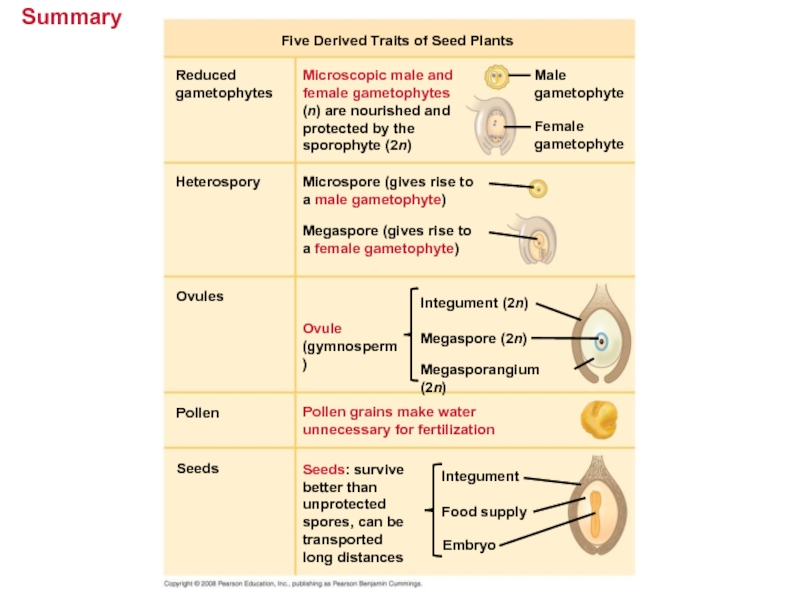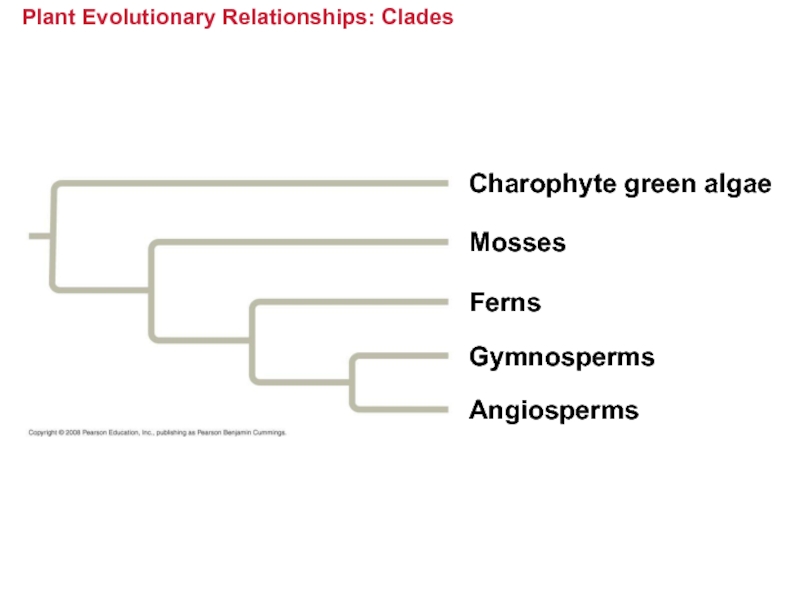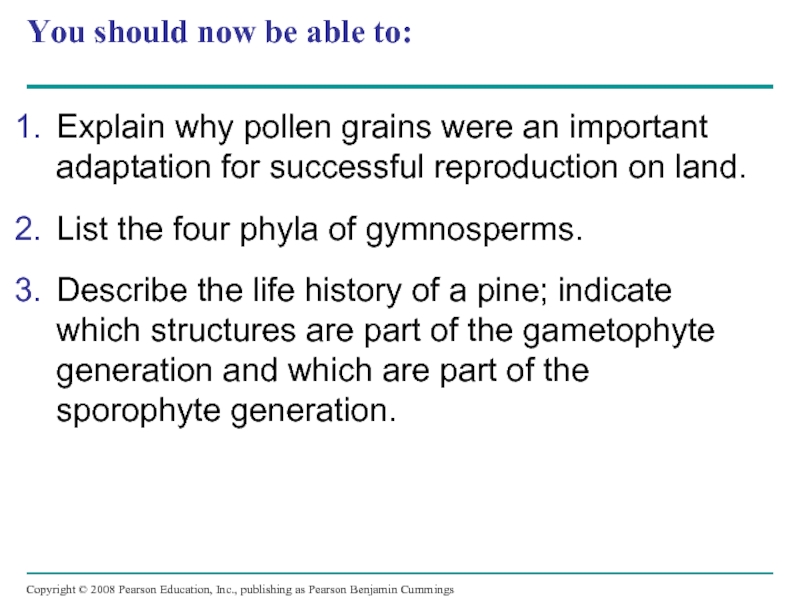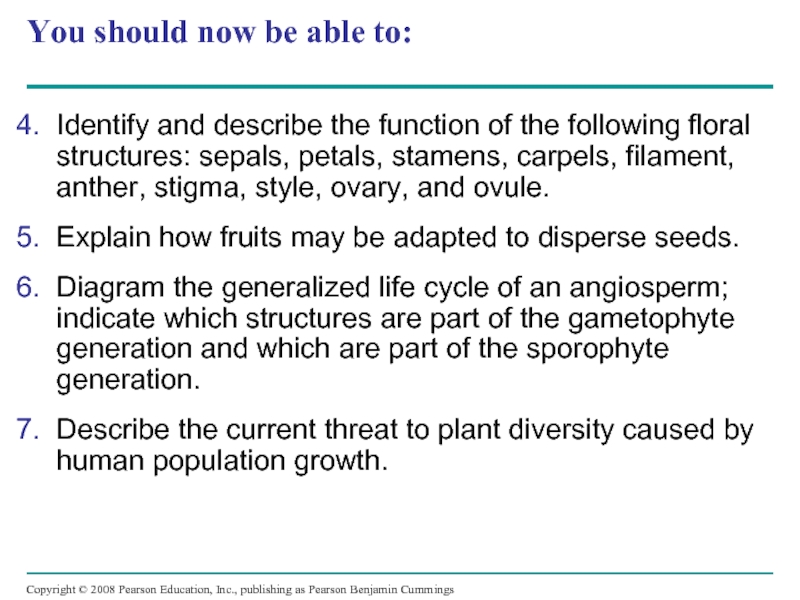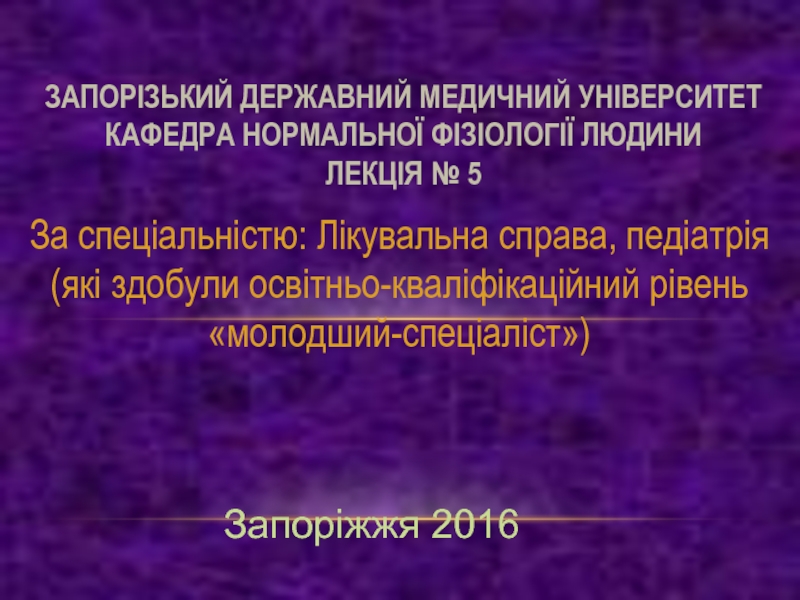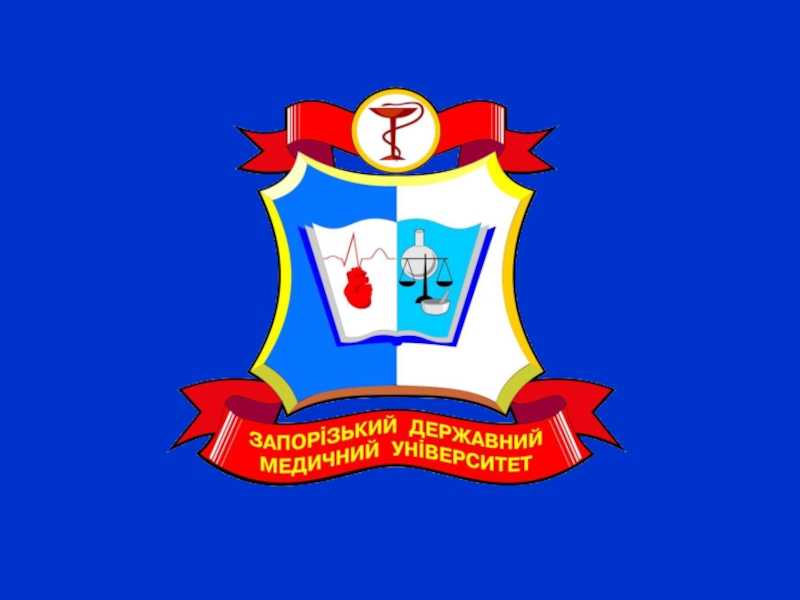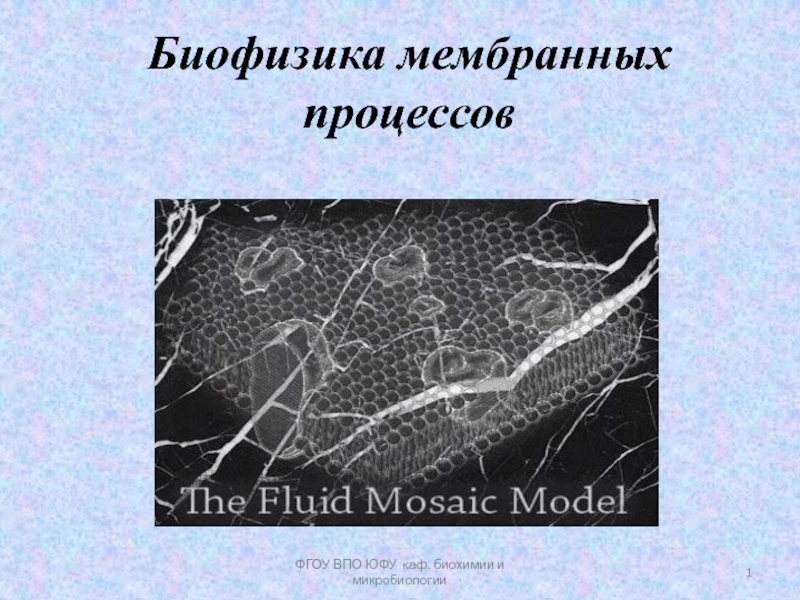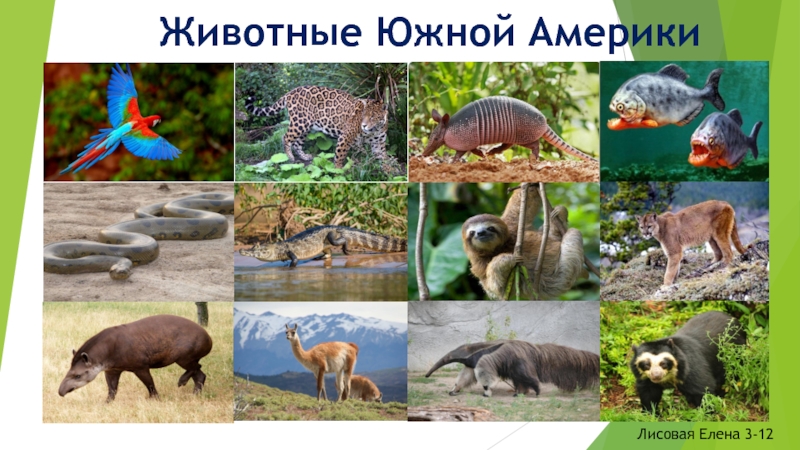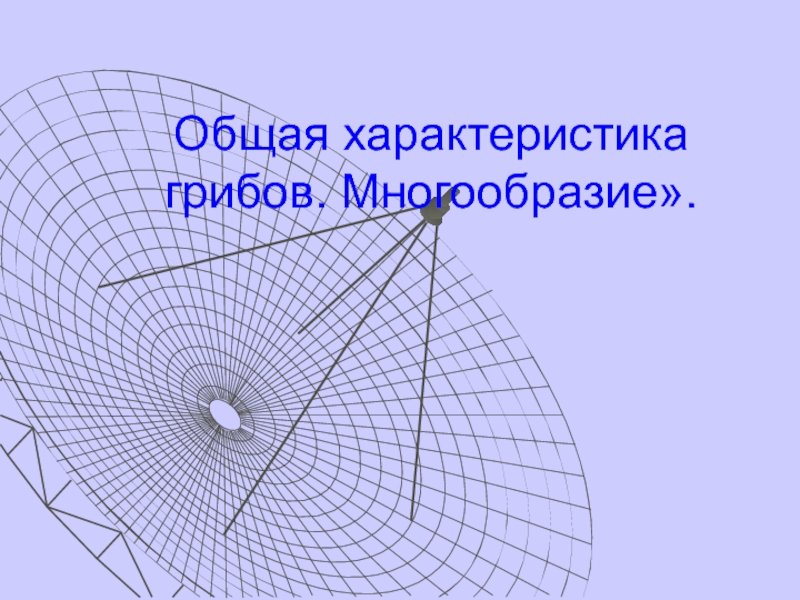- Главная
- Разное
- Дизайн
- Бизнес и предпринимательство
- Аналитика
- Образование
- Развлечения
- Красота и здоровье
- Финансы
- Государство
- Путешествия
- Спорт
- Недвижимость
- Армия
- Графика
- Культурология
- Еда и кулинария
- Лингвистика
- Английский язык
- Астрономия
- Алгебра
- Биология
- География
- Детские презентации
- Информатика
- История
- Литература
- Маркетинг
- Математика
- Медицина
- Менеджмент
- Музыка
- МХК
- Немецкий язык
- ОБЖ
- Обществознание
- Окружающий мир
- Педагогика
- Русский язык
- Технология
- Физика
- Философия
- Химия
- Шаблоны, картинки для презентаций
- Экология
- Экономика
- Юриспруденция
Plant Diversity II: The Evolution of Seed Plants презентация
Содержание
- 1. Plant Diversity II: The Evolution of Seed Plants
- 2. Overview: Transforming the World Seeds changed the
- 3. What human reproductive organ is functionally similar to this seed?
- 4. Seeds and pollen grains are key adaptations
- 5. Gametophyte / sporophyte relationships in different plant
- 6. Heterospory: The Rule Among Seed Plants The
- 7. Ovules and Production of Eggs An ovule
- 8. From ovule to seed in a gymnosperm
- 9. Pollen and Production of Sperm Microspores develop
- 10. From ovule to seed in a gymnosperm
- 11. The Evolutionary Advantage of Seeds A seed
- 12. From ovule to seed in a gymnosperm
- 13. From ovule to seed in a gymnosperm
- 14. Gymnosperms bear “naked” seeds, typically on cones
- 15. Seed plants can be divided into two
- 16. Phylum Ginkgophyta This phylum consists of a
- 17. Gymnosperm Ginkgo biloba Pollen-producing tree with fleshy seeds
- 18. Gymnosperm Welwitschia Ovulate cones
- 19. Phylum Coniferophyta This phylum is by far
- 20. Gymnosperms: Conifers perform year round photosynthesis Douglas fir
- 21. Gymnosperms: Conifers Sequoia - One of
- 22. The Life Cycle of a Pine: A
- 23. Life Cycle of a Pine Microsporangium (2n)
- 24. The reproductive adaptations of angiosperms include flowers
- 25. Flowers - Specialized for Sexual Reproduction The
- 26. Structure of an Idealized Flower Carpel Ovule
- 27. Fruits A fruit typically consists of a
- 28. Fruits Hazelnut Ruby grapefruit Tomato Nectarine Milkweed
- 29. Fruit Adaptations for Seed Dispersal Barbs Seeds within berries Wings
- 30. The Angiosperm Life Cycle The flower of
- 31. A pollen grain that has landed on
- 32. One sperm fertilizes the egg forming a
- 33. Life Cycle of an Angiosperm
- 34. Angiosperm Phylogeny The ancestors of angiosperms and
- 35. Angiosperm evolutionary history Microsporangia (contain microspores)
- 36. Angiosperm Diversity The two main groups of
- 37. Angiosperms: Monocots and Eudicots Monocot
- 38. Evolutionary Links Between Angiosperms and Animals Pollination
- 39. Can Flower Shape Influence Speciation
- 40. Human welfare depends greatly on seed plants
- 41. Products from Seed Plants Most of our
- 43. Threats to Plant Diversity Destruction of habitat
- 44. Summary Reduced gametophytes Microscopic male and female
- 45. Plant Evolutionary Relationships: Clades Charophyte green algae Mosses Ferns Gymnosperms Angiosperms
- 46. You should now be able to: Explain
- 47. You should now be able to: Identify
Слайд 2Overview: Transforming the World
Seeds changed the course of plant evolution, enabling
A seed consists of an embryo and nutrients surrounded by a protective coat.
The gametophytes of seed plants develop within the walls of spores that are retained within tissues of the parent sporophyte.
Слайд 4Seeds and pollen grains are key adaptations for life on land
In
Reduced gametophytes
Heterospory
Ovules
Pollen
Слайд 5Gametophyte / sporophyte relationships in different plant groups
Reduced (usually microscopic), dependent
Reduced, independent
(photosynthetic and
free-living)
Gametophyte
Sporophyte
(2n)
Sporophyte
(2n)
Gametophyte
(n)
Sporophyte
Example
Gametophyte
(n)
Dominant
Dominant
Dominant
Reduced, dependent on
gametophyte for nutrition
Mosses and other
nonvascular plants
Ferns and other seedless
vascular plants
Seed plants (gymnosperms and angiosperms)
PLANT GROUP
Gymnosperm
Angiosperm
Microscopic female
gametophytes (n) inside
ovulate cone
Microscopic male
gametophytes (n)
inside pollen
cone
Sporophyte (2n)
Sporophyte (2n)
Microscopic
female
gametophytes
(n) inside
these parts
of flowers
Microscopic
male
gametophytes
(n) inside
these parts
of flowers
Слайд 6Heterospory: The Rule Among Seed Plants
The ancestors of seed plants were
Megasporangia produce megaspores that give rise to female gametophytes.
Microsporangia produce microspores that give rise to male gametophytes.
Слайд 7Ovules and Production of Eggs
An ovule consists of a megasporangium, megaspore,
A fertilized ovule becomes a seed.
Gymnosperm megaspores have one integument.
Angiosperm megaspores usually have two integuments.
Слайд 8From ovule to seed in a gymnosperm
Megasporangium
(2n)
Megaspore (n)
(a) Unfertilized ovule
Integument
Spore wall
Immature
female
Слайд 9Pollen and Production of Sperm
Microspores develop into pollen grains, which contain
Pollination is the transfer of pollen from the male to the female part containing the ovules.
Pollen eliminates the need for a film of water and can be dispersed great distances by air or animals.
If a pollen grain germinates, it gives rise to a pollen tube that discharges two sperm into the female gametophyte within the ovule.
Слайд 10From ovule to seed in a gymnosperm
Male gametophyte
(within a germinated
pollen grain)
Female
gametophyte (n)
(b) Fertilized ovule
Micropyle
Pollen grain (n)
Spore wall
Discharged
sperm nucleus (n)
Egg nucleus (n)
Слайд 11The Evolutionary Advantage of Seeds
A seed develops from the whole ovule.
A
Seeds provide some evolutionary advantages over spores:
They may remain dormant for days to years, until conditions are favorable for germination.
They may be transported long distances by wind or animals.
Слайд 12From ovule to seed in a gymnosperm
Seed coat
(derived from
integument)
(c) Gymnosperm seed
Embryo
Food supply
(female
gametophyte
tissue) (n)
Слайд 13From ovule to seed in a gymnosperm
Seed coat
(derived from
integument)
(c) Gymnosperm seed
Embryo
Food supply
(female
gametophyte
tissue) (n)
(b) Fertilized ovule
(a) Unfertilized ovule
Integument
Immature
female cone
Spore wall
Megasporangium
(2n)
Male gametophyte
(within a germinated
pollen grain) (n)
Megaspore (n)
Micropyle
Pollen grain (n)
Egg nucleus (n)
Discharged
sperm nucleus (n)
Female
gametophyte (n)
Слайд 14Gymnosperms bear “naked” seeds, typically on cones
The gymnosperms have “naked” seeds
Cycadophyta (cycads)
Gingkophyta (one living species: Ginkgo biloba)
Gnetophyta (three genera: Gnetum, Ephedra, Welwitschia)
Coniferophyta (conifers, such as pine, fir, and redwood).
Слайд 15Seed plants can be divided into two clades: gymnosperms and angiosperms.
Gymnosperms
Gymnosperms were better suited than nonvascular plants to drier conditions.
Today, cone-bearing gymnosperms called conifers dominate in the northern latitudes.
Слайд 16Phylum Ginkgophyta
This phylum consists of a single living species, Ginkgo biloba.
It
Слайд 19Phylum Coniferophyta
This phylum is by far the largest of the gymnosperm
Most conifers are evergreens and can carry out photosynthesis year round.
Слайд 21Gymnosperms: Conifers
Sequoia - One of the Largest and Oldest Living Organisms
Слайд 22The Life Cycle of a Pine: A Closer Look
Three key features
Dominance of the sporophyte generation.
The transfer of sperm to ovules by pollen.
Development of seeds from fertilized ovules.
The life cycle of a pine provides an example.
Слайд 23Life Cycle of a Pine
Microsporangium (2n)
Microsporocytes
(2n)
Pollen
grains (n)
Pollen
cone
Microsporangia
MEIOSIS
Mature
sporophyte
(2n)
Haploid (n)
Diploid (2n)
Key
MEIOSIS
Surviving
megaspore (n)
Pollen
grain
Megasporocyte (2n)
Ovule
Integument
Ovulate
cone
FERTILIZATION
Pollen
tube
Female
gametophyte
Sperm
nucleus
Egg nucleus (n)
Archegonium
Seedling
Seeds
Seed coat
(2n)
Food
reserves
(n)
Embryo
(2n)
Megasporangium
(2n)
Слайд 24The reproductive adaptations of angiosperms include flowers and fruits
Angiosperms are seed
They are the most widespread and diverse of all plants.
All angiosperms are classified in a single phylum: Anthophyta.
The name comes from the Greek anthos, flower.
Слайд 25Flowers - Specialized for Sexual Reproduction
The flower is an angiosperm structure
Sepals - enclose the flower
Petals - brightly colored and attract pollinators
Stamens - produce pollen on their terminal anthers
Carpels - consist of an ovary containing ovules at the base and a style holding up a stigma, where pollen is received.
Слайд 27Fruits
A fruit typically consists of a mature ovary but can also
Fruits protect seeds and aid in seed dispersal.
Mature fruits can be either fleshy or dry.
Various fruit adaptations help disperse seeds by wind, water, or animals to new locations.
Слайд 30The Angiosperm Life Cycle
The flower of the sporophyte is composed of
Male gametophytes are contained within pollen grains produced by the microsporangia of anthers.
The female gametophyte = embryo sac, develops within an ovule contained within an ovary at the base of a stigma.
Most flowers have mechanisms to ensure cross-pollination between flowers from different plants of the same species.
Слайд 31A pollen grain that has landed on a stigma germinates and
Sperm enter the ovule through a pore opening called the micropyle.
Double fertilization occurs when the pollen tube discharges two sperm into the female gametophyte within an ovule.
Слайд 32One sperm fertilizes the egg forming a zygote.
The other sperm
The endosperm nourishes the developing embryo.
Within a seed, the embryo consists of a root and two seed leaves called cotyledons.
Double Fertilization: Produces
Zygote 2n and endosperm (food) 3n
Слайд 33Life Cycle of an Angiosperm
MEIOSIS
Key
Microsporangium
Microsporocytes (2n)
Generative cell
Anther
Tube cell
Pollen
grains
Microspore
(n)
Male gametophyte
(in pollen
Mature flower on
sporophyte plant
(2n)
Haploid (n)
Diploid (2n)
MEIOSIS
Ovule (2n)
Ovary
Megasporangium
(2n)
Megaspore
(n)
Female gametophyte
(embryo sac)
Antipodal cells
Central cell
Synergids
Egg (n)
Pollen
tube
Pollen
tube
Stigma
Sperm
(n)
Discharged sperm nuclei (n)
FERTILIZATION
Germinating
seed
Embryo (2n)
Endosperm (3n)
Seed coat (2n)
Seed
Nucleus of
developing
endosperm
(3n)
Zygote (2n)
Egg
nucleus (n)
Style
Sperm
Слайд 34Angiosperm Phylogeny
The ancestors of angiosperms and gymnosperms diverged about 305 million
Angiosperms may be closely related to Bennettitales, extinct seed plants with flowerlike structures.
Amborella and water lilies are likely descended from two of the most ancient angiosperm lineages.
Слайд 35Angiosperm evolutionary history
Microsporangia
(contain
microspores)
Ovules
A possible ancestor of the
angiosperms?
(a)
(b)
Angiosperm phylogeny
Most recent common ancestor
of
Millions of years ago
300 250 200 150 100 50 0
Living
gymnosperms
Bennettitales
Amborella
Star anise and
relatives
Water lilies
Monocots
Magnoliids
Eudicots
Слайд 36Angiosperm Diversity
The two main groups of angiosperms are: monocots
More than one-quarter of angiosperm species are monocots.
More than two-thirds of angiosperm species are eudicots.
Слайд 37Angiosperms:
Monocots
and
Eudicots
Monocot
Characteristics
Eudicot
Characteristics
Vascular tissue
usually arranged
in ring
Veins usually
parallel
Veins usually
netlike
Vascular tissue
scattered
Leaf
venation
One cotyledon
Embryos
Two cotyledons
Stems
Roots
Pollen
Root system
usually
Pollen grain with
three openings
Taproot (main root)
usually present
Pollen grain with
one opening
Floral organs
usually in
multiples of three
Flowers
Floral organs usually
in multiples of
four or five
Слайд 38Evolutionary Links Between Angiosperms and Animals
Pollination of flowers and transport of
Clades with bilaterally symmetrical flowers have more species than those with radially symmetrical flowers.
This is likely because bilateral symmetry affects the movement of pollinators and reduces gene flow in diverging populations.
Слайд 39
Can Flower Shape Influence Speciation Rate?
Common
ancestor
Radial
symmetry (N = 4)
Bilateral
symmetry (N =
Compare
numbers
of species
Time since divergence
from common ancestor
“Radial” clade
“Bilateral” clade
3,000
2,000
1,000
0
EXPERIMENT
RESULTS
Mean difference
in number of species
Слайд 40Human welfare depends greatly on seed plants
No group of plants is
Plants are key sources of food, fuel, wood products, and medicine.
Our reliance on seed plants makes preservation of plant diversity critical.
Слайд 41Products from Seed Plants
Most of our food comes from angiosperms. Six
Modern crops are products of relatively recent genetic change resulting from artificial selection.
Many seed plants provide wood.
Secondary compounds of seed plants are used in medicines.
Слайд 43Threats to Plant Diversity
Destruction of habitat is causing extinction of many
Loss of plant habitat is often accompanied by loss of the animal species that plants support.
At the current rate of habitat loss, 50% of Earth’s species will become extinct within the next 100–200 years.
Слайд 44Summary
Reduced
gametophytes
Microscopic male and
female gametophytes
(n) are nourished and
protected by the
sporophyte (2n)
Five Derived
Male
gametophyte
Female
gametophyte
Heterospory
Microspore (gives rise to
a male gametophyte)
Megaspore (gives rise to
a female gametophyte)
Ovules
Ovule
(gymnosperm)
Pollen
Pollen grains make water
unnecessary for fertilization
Integument (2n)
Megaspore (2n)
Megasporangium (2n)
Seeds
Seeds: survive
better than
unprotected
spores, can be
transported
long distances
Integument
Food supply
Embryo
Слайд 45Plant Evolutionary Relationships: Clades
Charophyte green algae
Mosses
Ferns
Gymnosperms
Angiosperms
Слайд 46You should now be able to:
Explain why pollen grains were an
List the four phyla of gymnosperms.
Describe the life history of a pine; indicate which structures are part of the gametophyte generation and which are part of the sporophyte generation.
Слайд 47You should now be able to:
Identify and describe the function of
Explain how fruits may be adapted to disperse seeds.
Diagram the generalized life cycle of an angiosperm; indicate which structures are part of the gametophyte generation and which are part of the sporophyte generation.
Describe the current threat to plant diversity caused by human population growth.
